-
Posts
1832 -
Joined
-
Last visited
-
Days Won
19
Content Type
Profiles
Forums
Events
Gallery
Store
supertorial
Classifieds
Posts posted by Iron Horse
-
-
-
-
-
As mentioned in another thread, we don’t have a wabash/Stifel mega thread here.
First things first, the history:
“J.L. Stifel & Sons was an American textile and jeans manufacturing brand which became prominent from 1835 to 1956 and a precursor one in indigo-dyed cotton calicos. Smoother than canvas or denim but very resistant, calico made success in workwear clothing. Typical calicos such as polka dots, flowers and dotted lines on bandanas and ticking were the most popular motifs.[1]
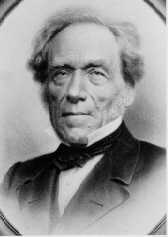
In 1833, Johan Ludwig Stifel, a young and poor German immigrant came to the United States after having been an apprentice dyer and calico printer in his homeland. Walking barefoot to preserve his shoes, he reached the burgeoning city of Wheeling in West Virginia and began to work for a local farm. However his interest in textile dying returned and in 1835, he spent all his savings on a single bolt of unbleached cotton from the local mill, hand-dyed and sold it, then repeated the process another time. A new business was about to blossom.
Wheeling, as a growing industrial city, notably in the steel and cigar sectors required a large workforce and consequently cheap and reliable garments. Johan Ludwig Stifel decided to convert this demand in a business opportunity giving birth to a prosperous enterprise. Meanwhile, having been married to Barbara Becht, in 1859, his sons Louis and William joined the company which turned into J. L. Stifel & Sons. In the beginning of the twentieth century the third generation of Stifels was operating a 70,000 square foot manufacturing plant employing 50 workers.

The brand logo, a boot (meaning"stiefel" in German) with the word “stifel” inside, was definitely adopted. J.L. Stifel & Sons was associated with quality and their products were exported to Latin America, the Philippines, India, Canada and Africa reaching its peak with a monthly production of 3.5 million yards of clothes.[2]”
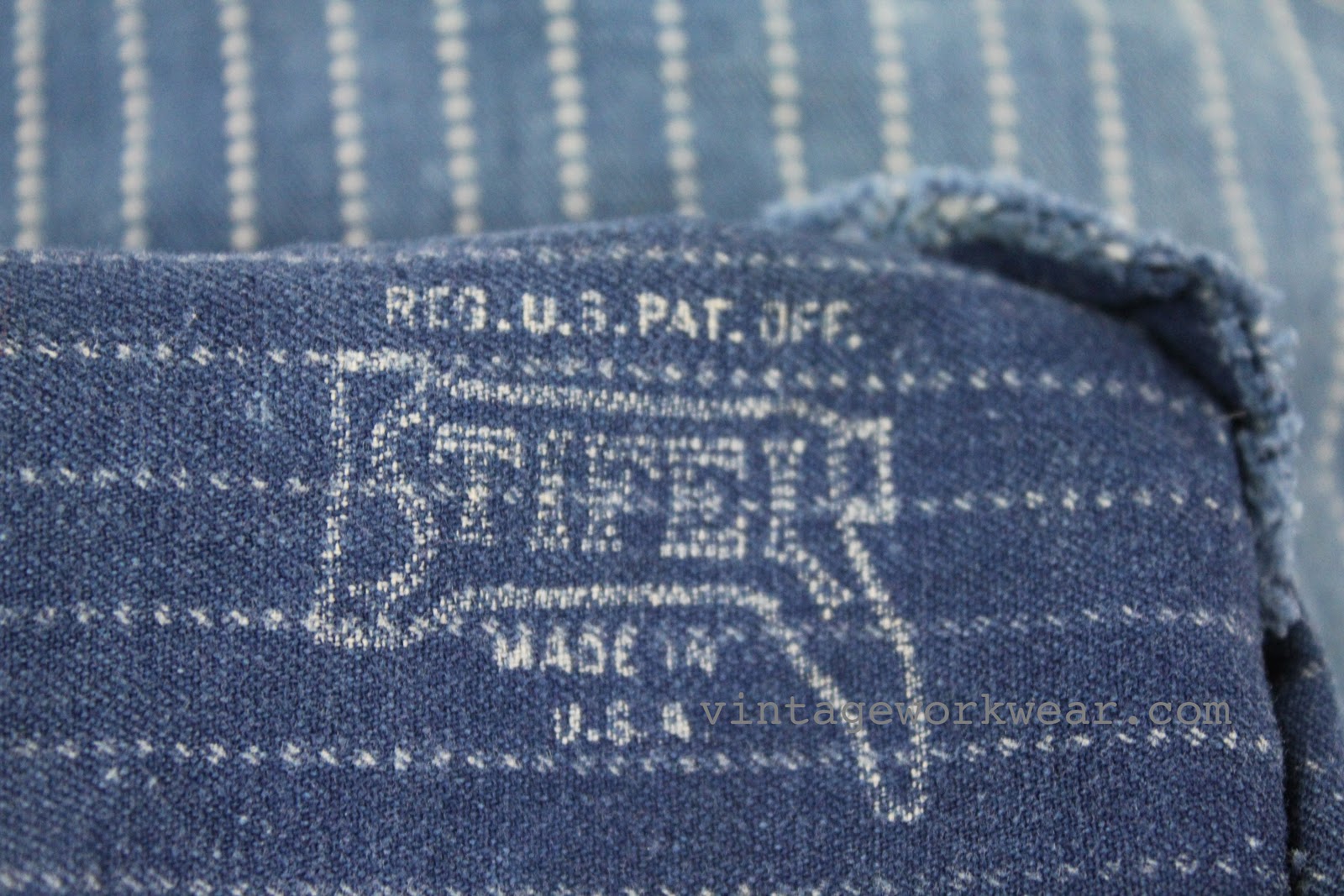 15
15 -
7 hours ago, JDelage said:
Are the sleeve width in modern repro accurate to that of their forebears from before 45? Asking because I generally find them near impossible to roll more than twice, unless I roll them a third time before putting it on (and then it's rather tight). I don't have very big arms...
Generally speaking the sleeves on most repros are more tapered than on vintage originals by anywhere from 1.5 to 3 cm midway down the sleeve, for example. Armholes vary; I have repros that have armholes that are wider than vintage originals, some the same, and some that are smaller. But even if they’re the same or larger, the sleeve will still have more taper.
Hmm, something else to mull over. To add an extra 1cm or 1.5?
 2
2 -
2 hours ago, bartlebyyphonics said:
he is the workwear equivalent of hardy amies giving us all kinds of histories and rules to live by...
Now now, I’m no authority or the self-proclaimed Pope of workwear.
 Feel free to break the rules, but do it with poise.
Feel free to break the rules, but do it with poise.
“The only thing more important than style is poise.“
6 -
I’ve created a monster!

Bartle, you’re right about the ‘40s and this is one of the reasons I mostly stick to pre-war workwear. Once the ‘40s hit a lot of stuff seems to either go out the window or go sideways, so I’ve pigeonholed myself to about 1910-1939.
But speaking of that Buzz ‘40s-style USN chambray, here’s an original for reference:
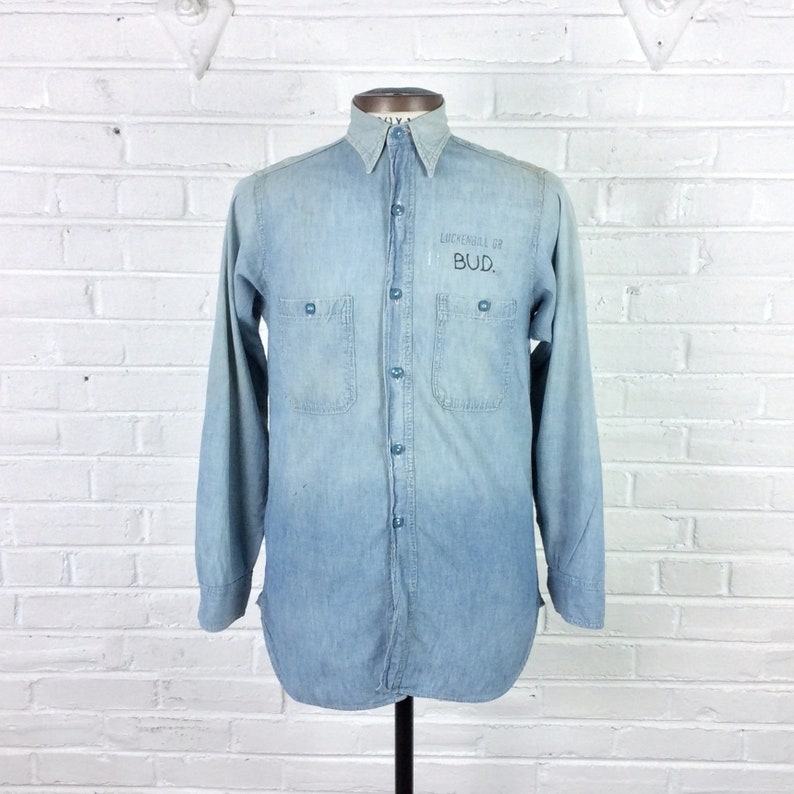 12
12 -
You’ve taken your first step into a larger world @oomslokop, one in which you’ll find yourself staring disapprovingly at men’s chests online and in public.
 6
6 -
-
@Duke Mantee Well, I’ve taken some liberties as well; for example the sleeve length of the original Heracles, and so far the collars have been on the smaller side (though I’ll change this after much thought and further acquisition of vintage examples and measuring to determine the sweet spot). Mine are also 6-button shirts as many people do like to wear their shirts untucked. Besides, I’m quite critical of myself and the product too and don’t feel satisfied or like I’ve nailed it with anything, so there’s still room for improvement.
So, nothing against FW, they make a great product! And enough about me!
 4
4 -
16 hours ago, Duke Mantee said:
So let’s get up to 90 (that’s all I have access to - the rest are in another location about a pandemic away) ... and continuing the theme @Iron Horse has expanded for us, here’s the original Neal Cassady which has the pre lawsuit label (yep, everyone from Levi’s to the Cassady family has had a go at FW). Bryan - what’s your thoughts on this pattern which FW says is based on a 1930’s work shirt? Note the Neal only has 6 buttons, I think a lot of your references have 7. Anyways ...
Freewheelers Neal Cassady Rail Road, Vintage Chambray, Indigo #0533006 (but actually from the Spring 2010 collection)
@Duke Mantee The overall silhouette is good actually; if I were to change anything, again I'd lower the pockets some, at least to the point of the pocket buttons lining up with the placket's third button. The collar is also more on the square side, which is a bit more of a 1900-1920s detail than it is '30s. For the latter the collar should be a touch more spearpointy, though not as much as the rather exaggerated examples that sometimes came out of the '40s and '50s.
For example, the more squared collar of a late 1910s / early 1920s Milton F. Goodman shirt from Reliance Mfg. Co. (precursor of the Big Yank shirt):

Whereas for a ‘30s shirt I'd lean towards a collar like this, but these are minor quibbles:
Length of the collar point here is somewhere in the range of 7.5 cm as anything north of 8 would look quite long.
8 -
- Popular Post
- Popular Post
14 hours ago, Duke Mantee said:Perfect
now @Iron Horse can add more by way of detail ...
Warning: Thread derailment, feel free to move this to another (new?) thread if it's too much.
Bartles is right, these are many details that are often wrong on modernized work shirts like the kinds you’ll find at the mall or department stores, the latter being ironic, and also sometimes in repros.
Shoulders should fit at or below the shoulder; speaking personally, if I buy a shirt the only measurement I look at closely is the shoulders. If the pattern is correct then all other dimensions should fall in line, though obviously in the past, and for various brands, one orders by neck size.
Re: pockets, and cigarette pockets, the button on the pocket should never go above the third button on the placket. On vintage shirts it varied, but the pocket button can match up with the third placket button, sit slightly below, or even 3/4s of the way down, almost to the fourth button. This is good if you find yourself stopping over regularly and don’t want things to fall out of flapless pockets. Cigarette pocket shirts generally get this wrong, even from big repro brands.
Shirts were almost always advertised as being cut full for freedom of movement:
Here’s an example from the 1930s, shoulders slightly low, pockets slightly below third button:
Shoulders should V shape down decidedly, pockets lower than they are high. Think of the third button as the horizon in a perspective drawing and you’re a bird flying down the road with the buildings at or below eye level:
Some more examples:
Note the thin, high back yoke:
Big Yank cigarette pocket shirt (standard version, not the premium Flyer version); the left-hand (from our vantage point) pocket, the larger one (meant to hold a pencil/pen as well as the ability to store a looseleaf tobacco tin) should be level with the third button in 1930s-style cig pocket shirts. In the '40s the large pocket was raised above the third button:
Big Yank Flyer and standard versions:
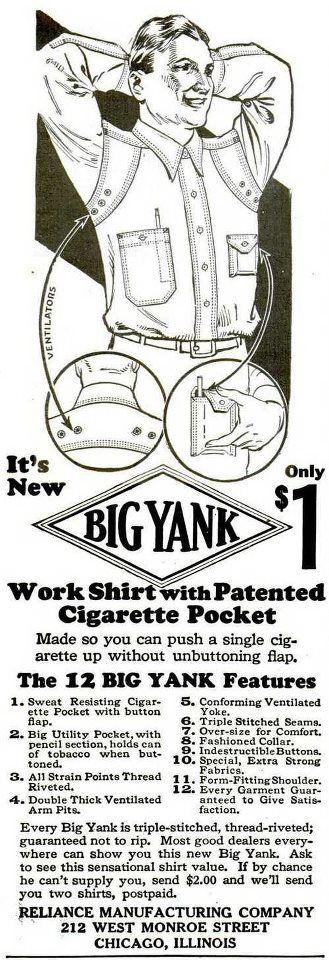
This, for example, is not right in my eye:

Back to the originals: Most likely J.C. Penney Compass shirt:
1920s pullover as worn by Gary Cooper:
A pullover in the '30s:
Double front chest shirt, similar to the Cast Iron shirt, most likely Wards Pioneer though; note the double shoulders:
And for good measure, a vintage 1930s chambray shirt I have:
22 -
9 hours ago, cmboland said:
how did you all get into raw denim? Super vague question but I’d like to hear your stories!
I was assigned to write an article on Menswear Dog around 2013/14; in his bio it mentioned something about "never washing my selvage jeans", I wondered what the heck that was, looked it up and was hooked from there.
0 -
-The Good, The Bad, and the Ugly
-Blade Runner
-Throne of Blood
-Steamboat Bill Jr.
-Star Wars: A New Hope
Guilty pleasure:
-Conan the Barbarian
4 -
Let me know if you need recommendations for actual good martial arts movies Flash.
 2
2 -
2 hours ago, CSL said:
Would that be the kind that have a v shaped yoke in the front & three pearl buttons? Seriously I remember seeing some like that in a vintage store.
I might have some of those.
 2
2 -
I've drawn up some designs for some and have vintage (unworn
 ) examples of 1930-40s boxers, but I'm wondering if there's much of a market for it. Certainly, modeling them will be interesting!
4
) examples of 1930-40s boxers, but I'm wondering if there's much of a market for it. Certainly, modeling them will be interesting!
4 -
TCB
in superdenim
That’s one reason I don’t wear my denim ranchman anymore, plus the high armholes.
Anyone interested in a lightly-worn size 40?
 0
0 -
Sorry to hear about your unemployment Duke, looking forward to the incoming flood of photos though.
1 -
Broark, I was going to make a Clinch joke but held back.
 1
1 -
Come on, daddy needs a new pair of boots.
2 -
45 minutes ago, Duke Mantee said:
As I believe I may have said before, pretentious ultracrepidarianism does indeed seem to be the internet's order of the day, running in tandem with an overwheening phronemophobia, ideophobia, capitose introjection, persiflage, schadenfreude and (usually) a completely unjustified belief in one's own flexanimousity. The overall effect is utterly floccinaucinihilipilificatiary, as the more of the internet one encounters, the greater is the sense of abject anophelosis - especially in the omphaloskepsisary world of blogging.
Nosemonkey?
https://www.theguardian.com/commentisfree/2006/mar/22/theproblemwithbloggers
Edit: Bartles beat me to it!
2 -
I think we need to define what an influencer is, I suppose.
Is it just someone who has 10k+ followers and posts photos of moc toes, slim tapered jeans, and cuff checks with Chup socks? (IIRC it was Vintage Engineer Boots who first did the cuff check.) Is it someone who posts photos every day and does just about anything for maximum engagement to promote their own personal brand (if so, are dental assistants posting TikTok videos influencers?)? Again, there are people who fall into that category who wouldn’t be classed as influencers. Is it anyone who tries to be like selvedge1?
Or is the implication that they do the aforementioned but that they’re also on the take and have very little knowledge of the products in question? I wouldn’t say Jake falls into the latter category. Indigoshrimp defines it as when a hobbyist passes over into the realm of marketer, I’m assuming this means directly being paid by brands to market an item. Again, that wouldn’t apply to Jake here and not even to a number of popular accounts IME.
I think it’s interesting though, we can usually spot the typical bad influencer, even though it’s not been articulated what it is that makes one (again, as far as I know), but now we’ve encountered a grey zone.
4 -
4 hours ago, JohnM said:
The patch looks like it's talking -- in a slightly grumpy, badass way.
It looks like a Squibilly.
 4
4

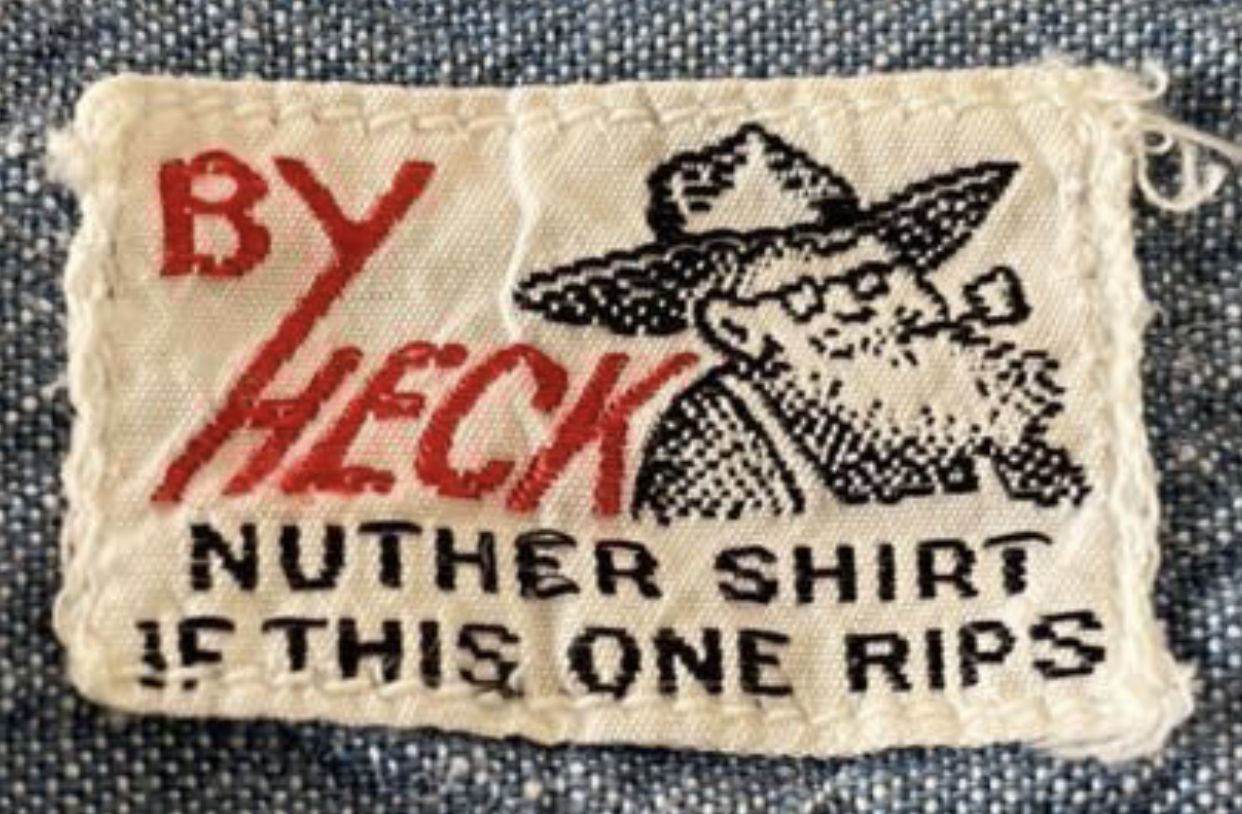
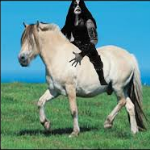



























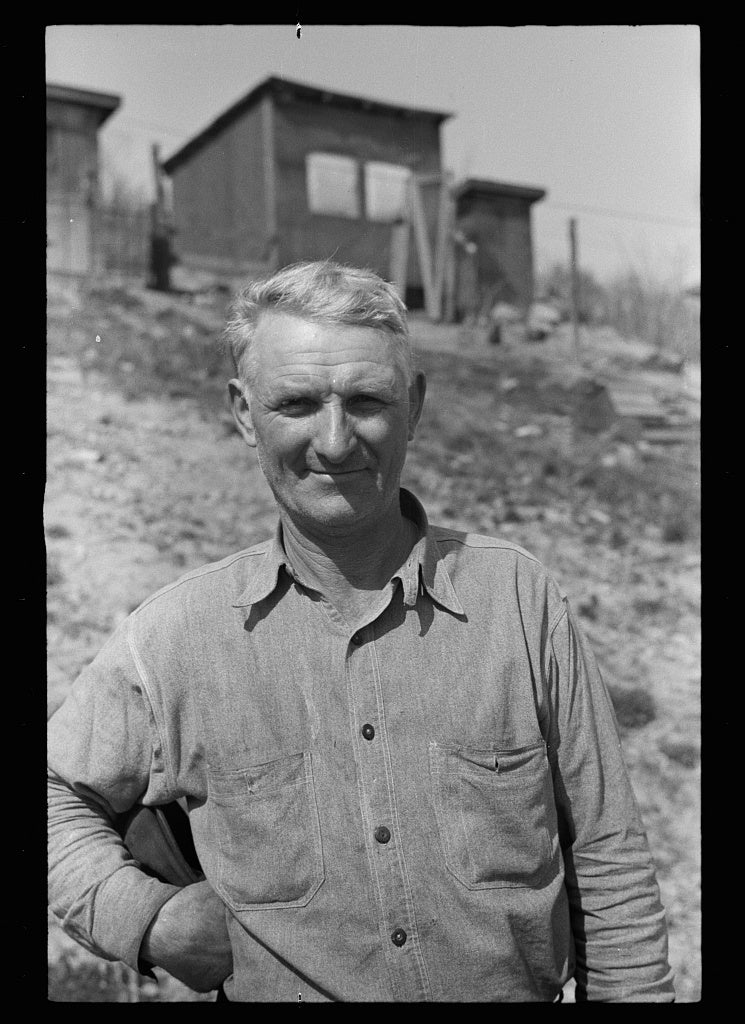















The wabash / Stifel thread
in superdenim
Posted · Edited by Iron Horse
If you’ve noticed, the majority of Wabash/Stifel-fabric shirts were polka dot fabric; dot stripe was generally reserved for coats, overalls, pants and hats.
Here’s the only instance of dot stripe Wabash shirts off the top of my head: